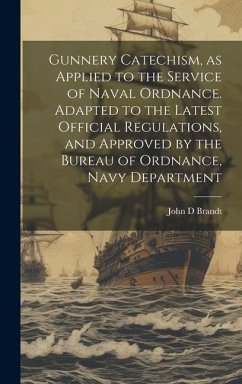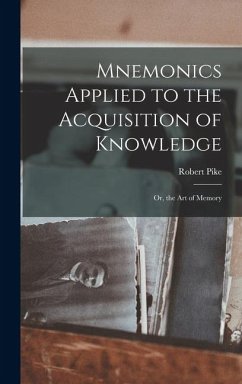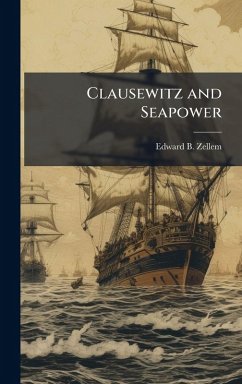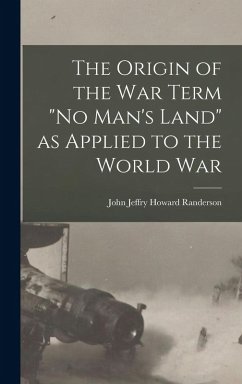
Seapower in Opearational Art and Design, the Lessons From the Falklands War Applied to Todays Navy
Versandkostenfrei!
Versandfertig in über 4 Wochen
25,99 €
inkl. MwSt.
Weitere Ausgaben:

PAYBACK Punkte
13 °P sammeln!
The dominating geographical feature of northwest Africa is the vast Sahara Desert. It is in this region that Al-Qaeda in the Islamic Maghreb (AQIM) exports terror to Europe and other destinations around the world.1 The U.S. Director of National Intelligence assess AQIM to represent a "significant threat to the US and European interests in the region."2 "Geographical, political, and historical factors combine to make northwest Africa a more hospitable environment for Islamist terrorists."3 Characterized by porous borders and nomadic groups the Sahara makes it extremely difficult for the U.S. mi...
The dominating geographical feature of northwest Africa is the vast Sahara Desert. It is in this region that Al-Qaeda in the Islamic Maghreb (AQIM) exports terror to Europe and other destinations around the world.1 The U.S. Director of National Intelligence assess AQIM to represent a "significant threat to the US and European interests in the region."2 "Geographical, political, and historical factors combine to make northwest Africa a more hospitable environment for Islamist terrorists."3 Characterized by porous borders and nomadic groups the Sahara makes it extremely difficult for the U.S. military and local forces, working in the Trans-Sahara Counterterrorism Partnership, to track the flow of people and material across the regionâs borders. With its vast size, the Sahara provides an excellent base for terrorists and hinders effective policing and counter-terrorism efforts along the border regions of Algeria, Mali, and Niger. However, it is not as formidable an obstacle if viewed from a historical perspective that focuses effort along ancient caravan routes across the desert--thereby significantly reducing the area required to be policed. Even with the advent of trucks and four-wheel drive vehicles, terrain restrictions and oases locations still determine the few routes that cross the desert just as they have done for centuries. This work has been selected by scholars as being culturally important, and is part of the knowledge base of civilization as we know it. This work was reproduced from the original artifact, and remains as true to the original work as possible. Therefore, you will see the original copyright references, library stamps (as most of these works have been housed in our most important libraries around the world), and other notations in the work. This work is in the public domain in the United States of America, and possibly other nations. Within the United States, you may freely copy and distribute this work, as no entity (individual or corporate) has a copyright on the body of the work. As a reproduction of a historical artifact, this work may contain missing or blurred pages, poor pictures, errant marks, etc. Scholars believe, and we concur, that this work is important enough to be preserved, reproduced, and made generally available to the public. We appreciate your support of the preservation process, and thank you for being an important part of keeping this knowledge alive and relevant.




![Statement Showing the Name, Age and Residence of Militiamen of 1812-15 [microform]: Who Have Applied to Participate in the Gratuity Voted by Parliamen Cover Statement Showing the Name, Age and Residence of Militiamen of 1812-15 [microform]: Who Have Applied to Participate in the Gratuity Voted by Parliamen](https://bilder.buecher.de/produkte/65/65524/65524997n.jpg)







